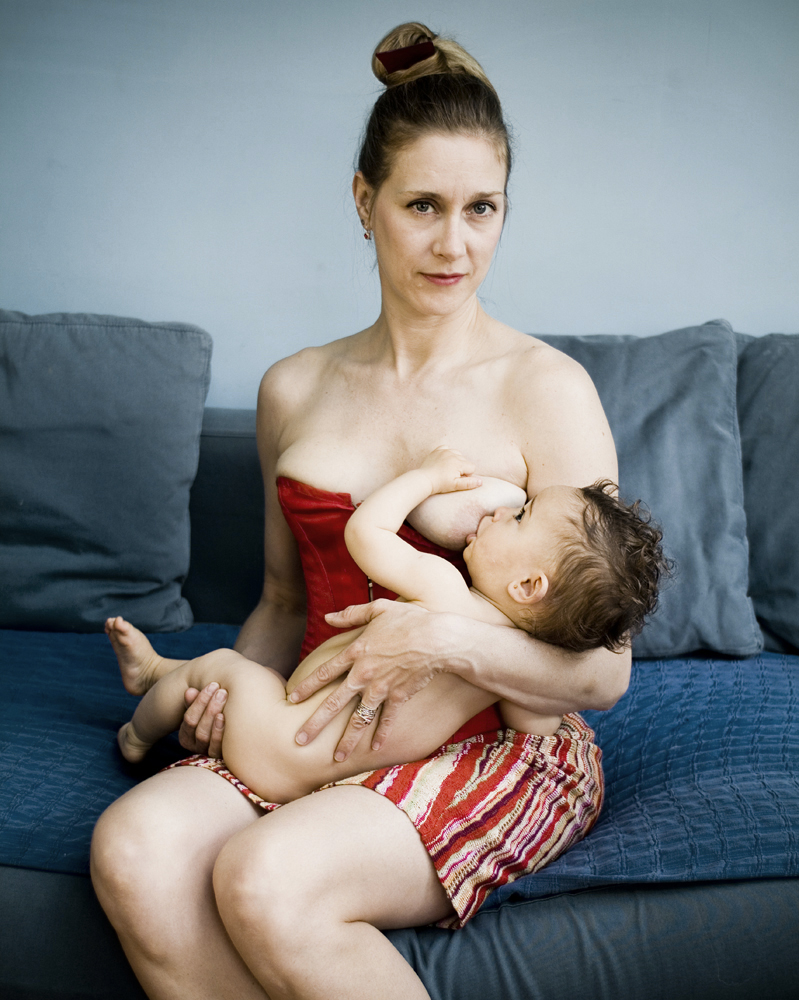
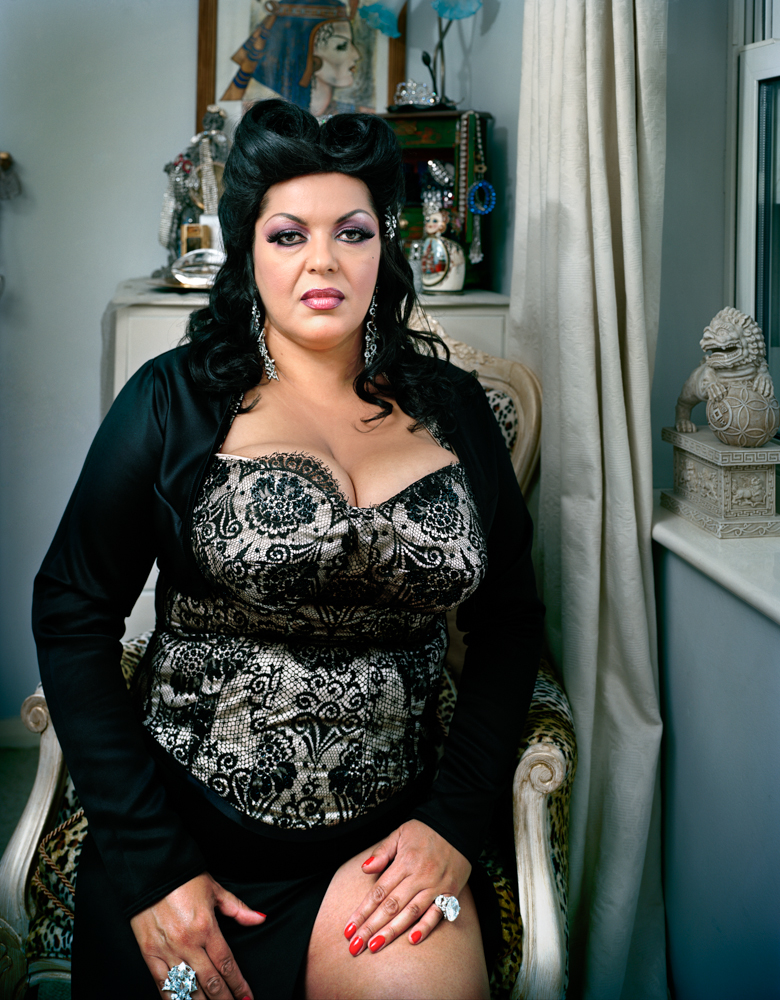
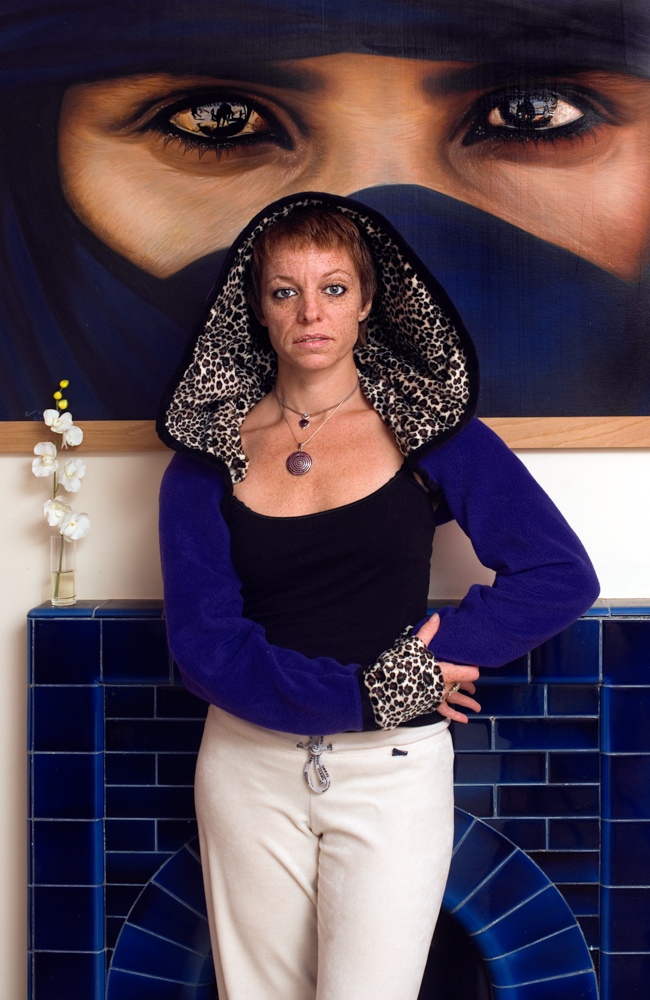
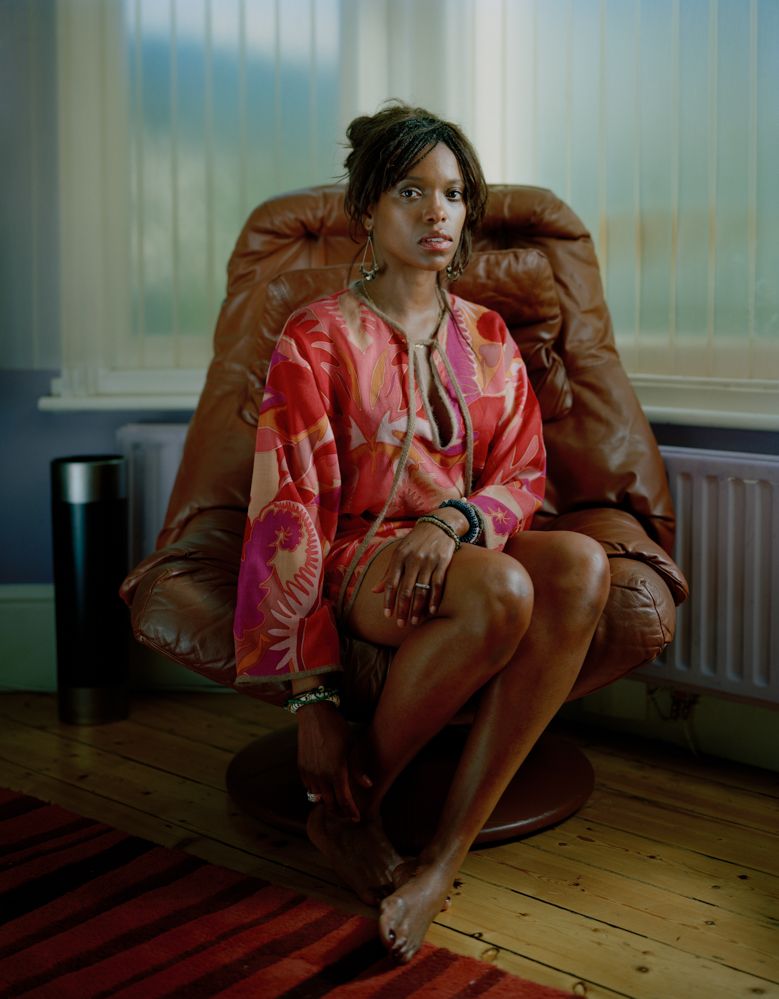
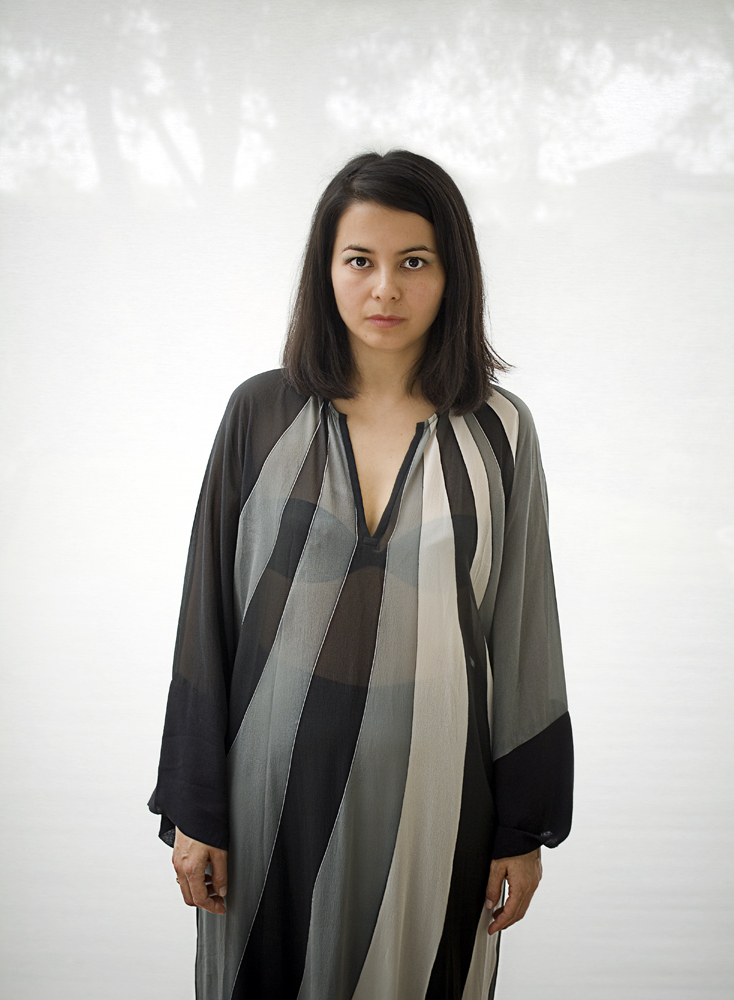
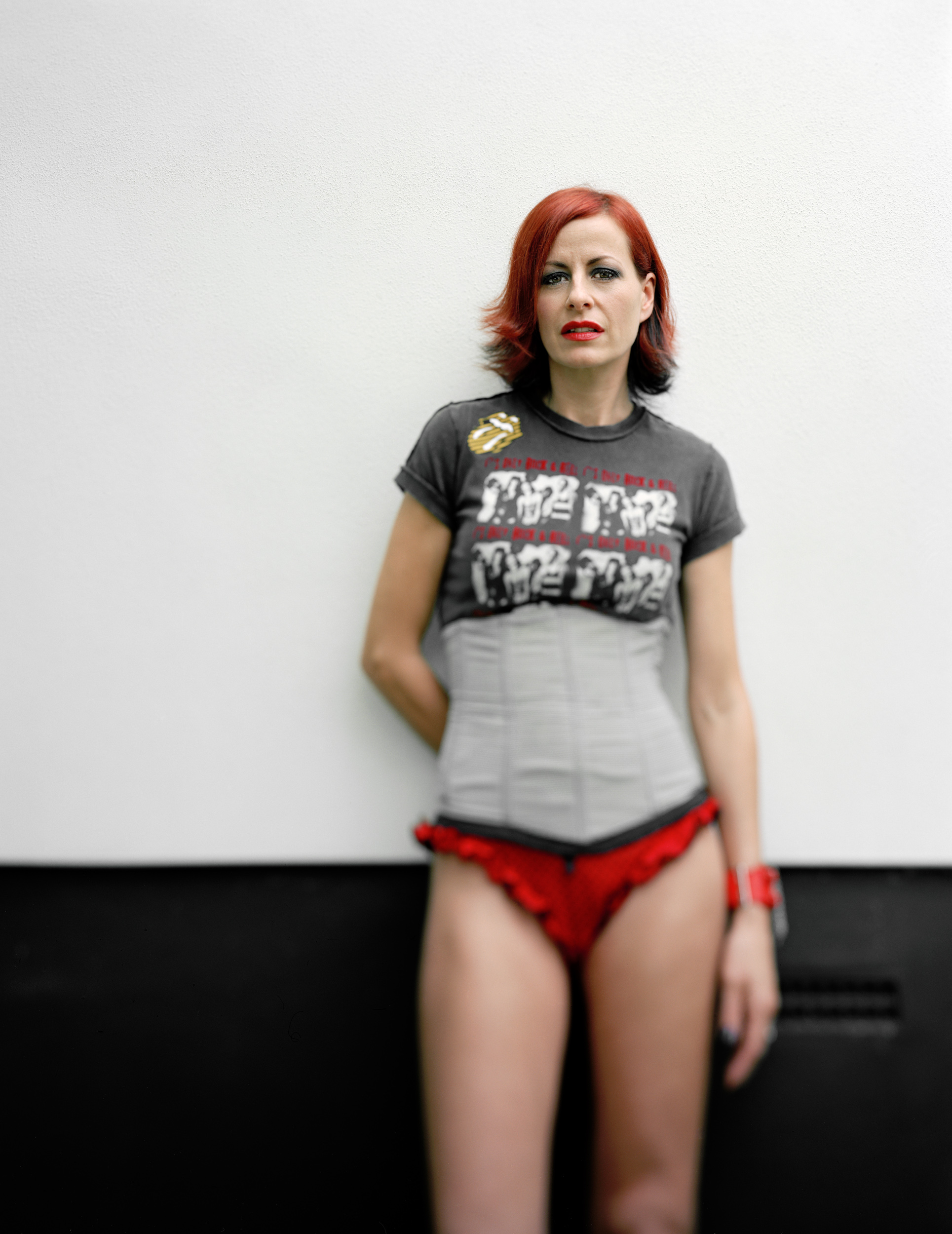


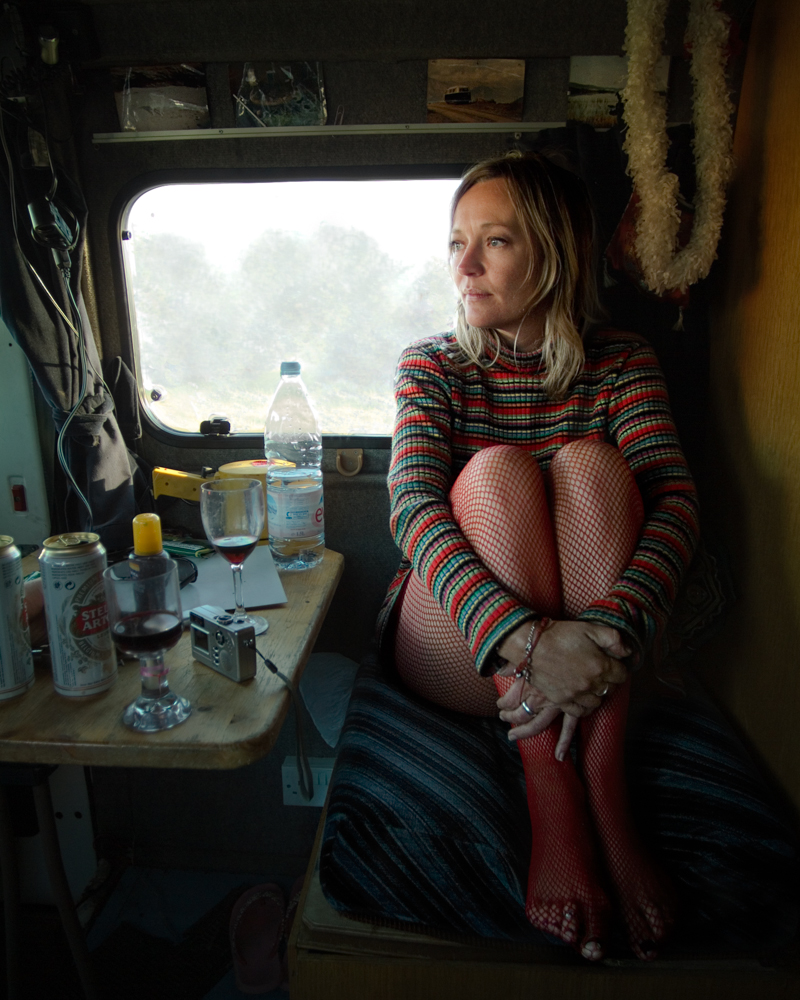
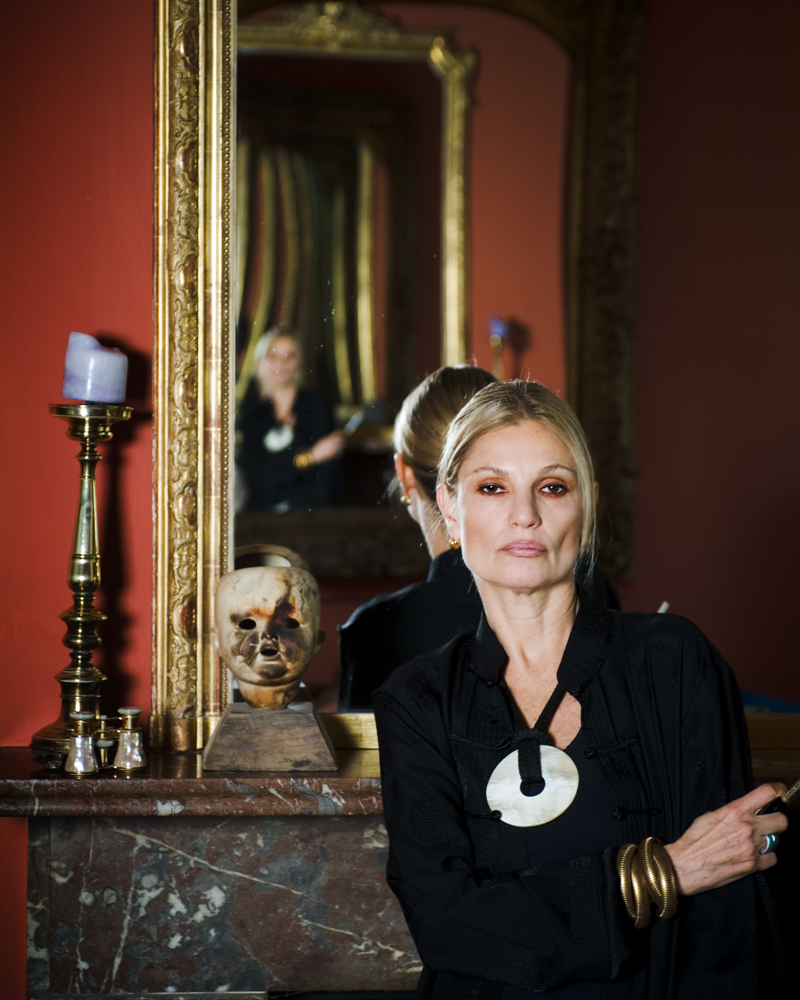
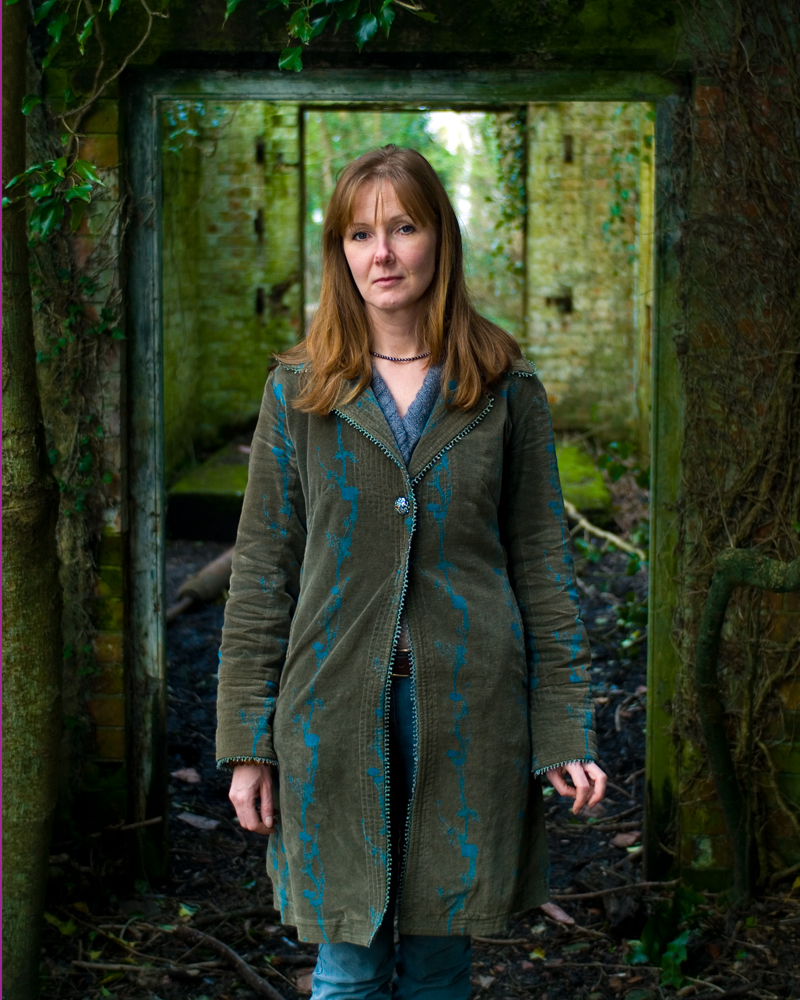
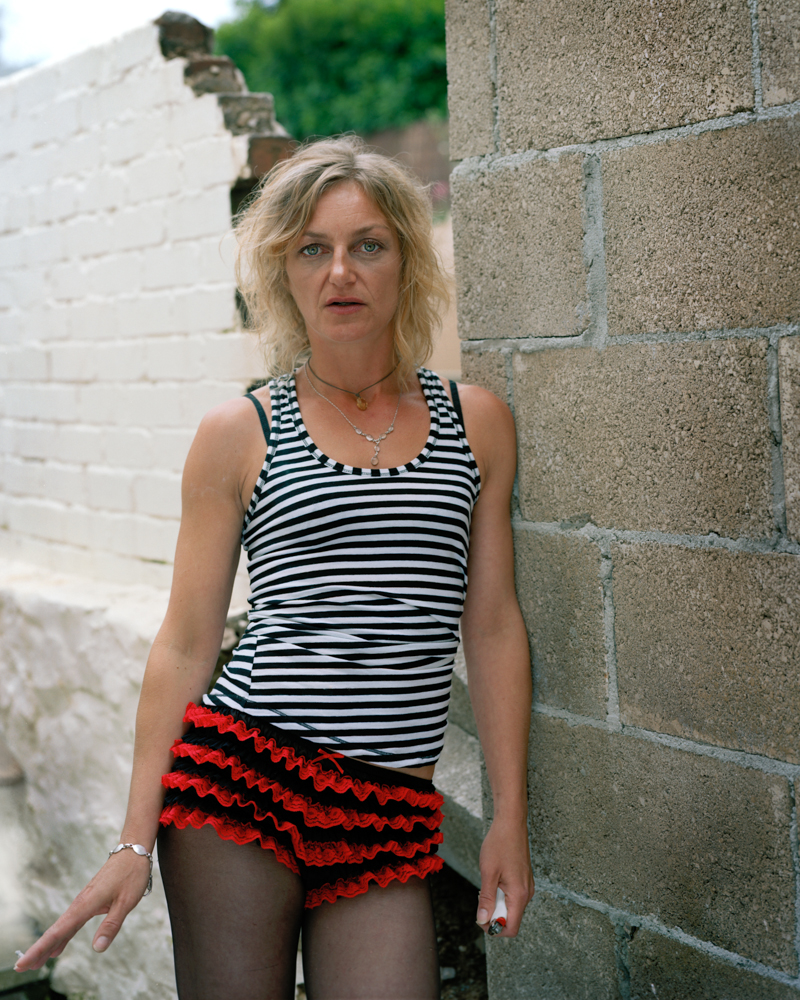
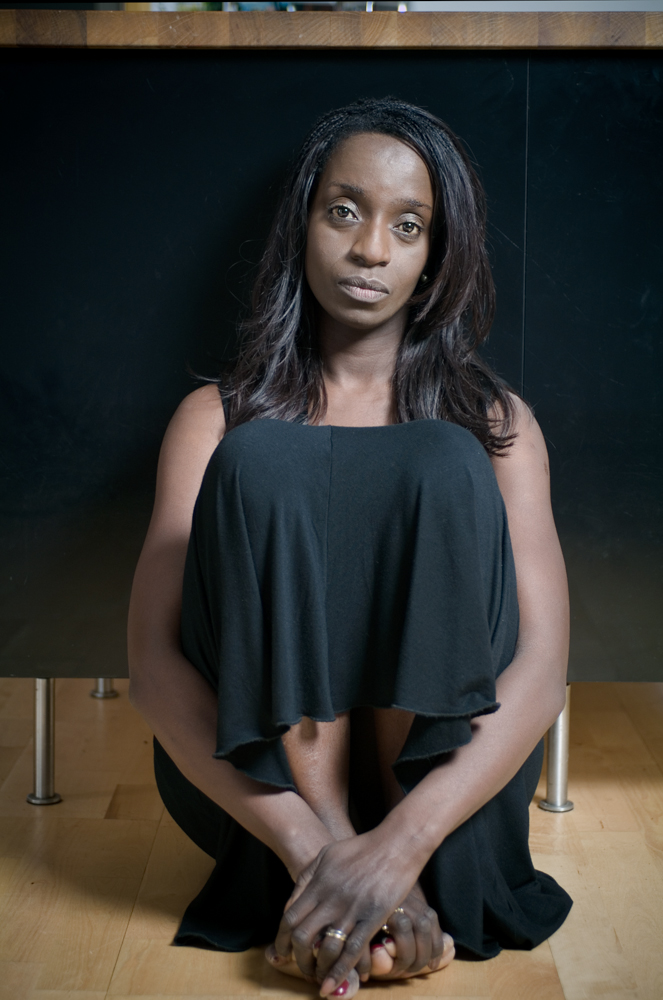
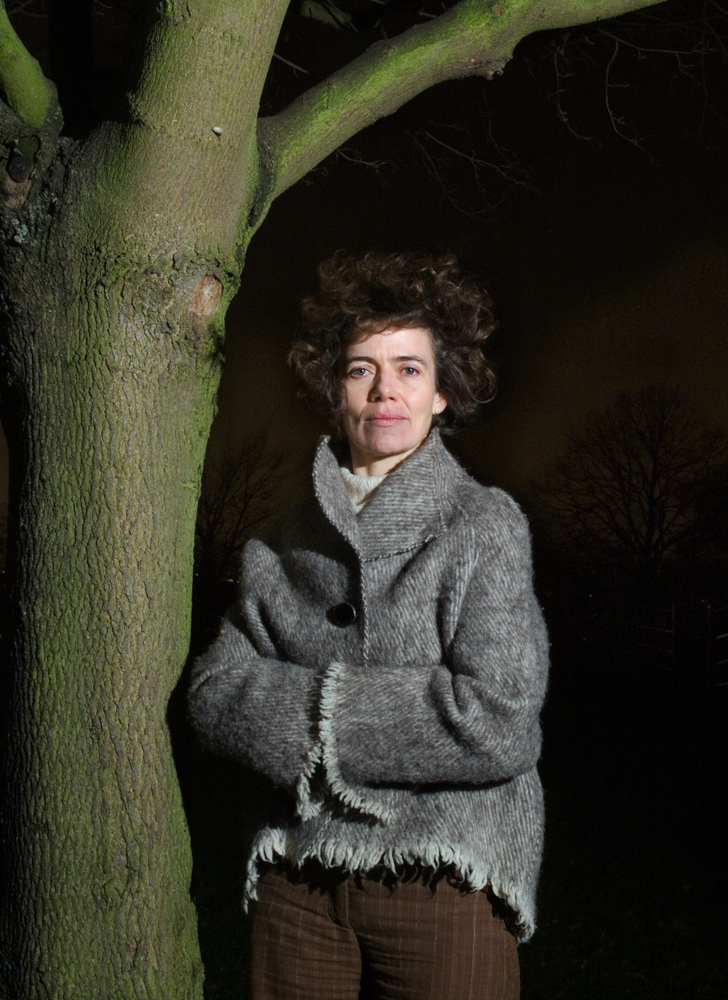
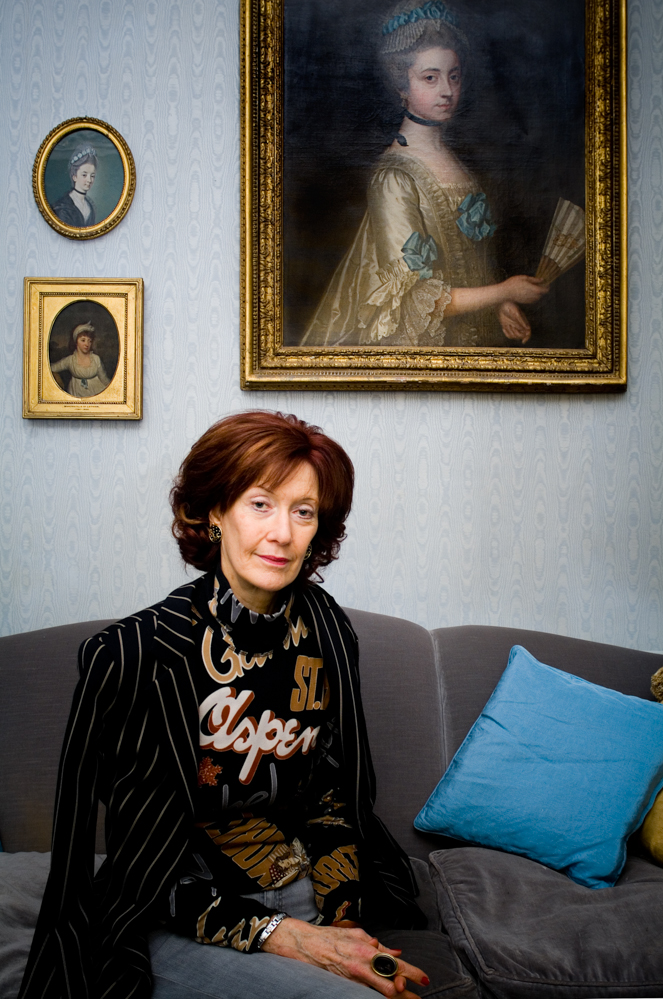
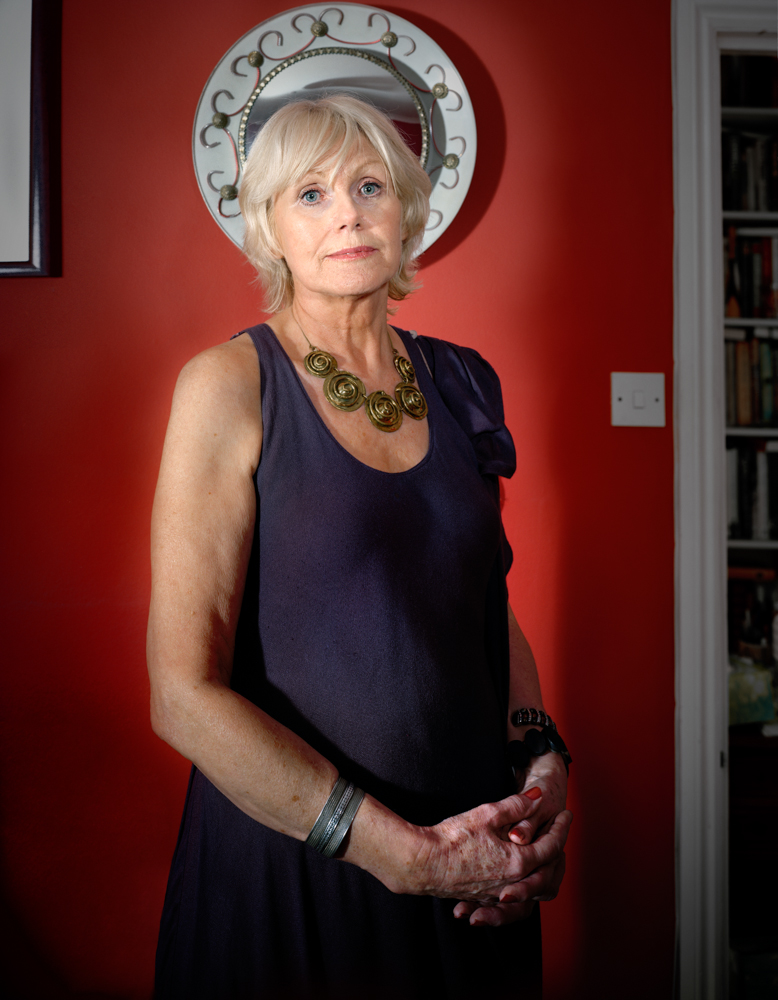
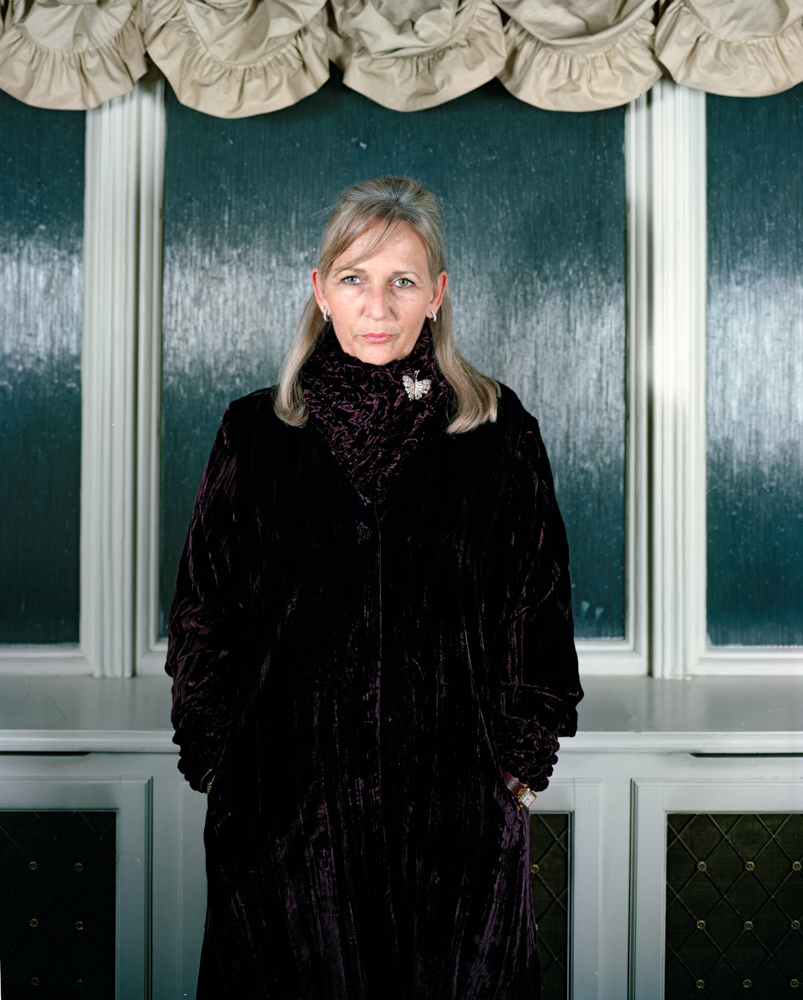
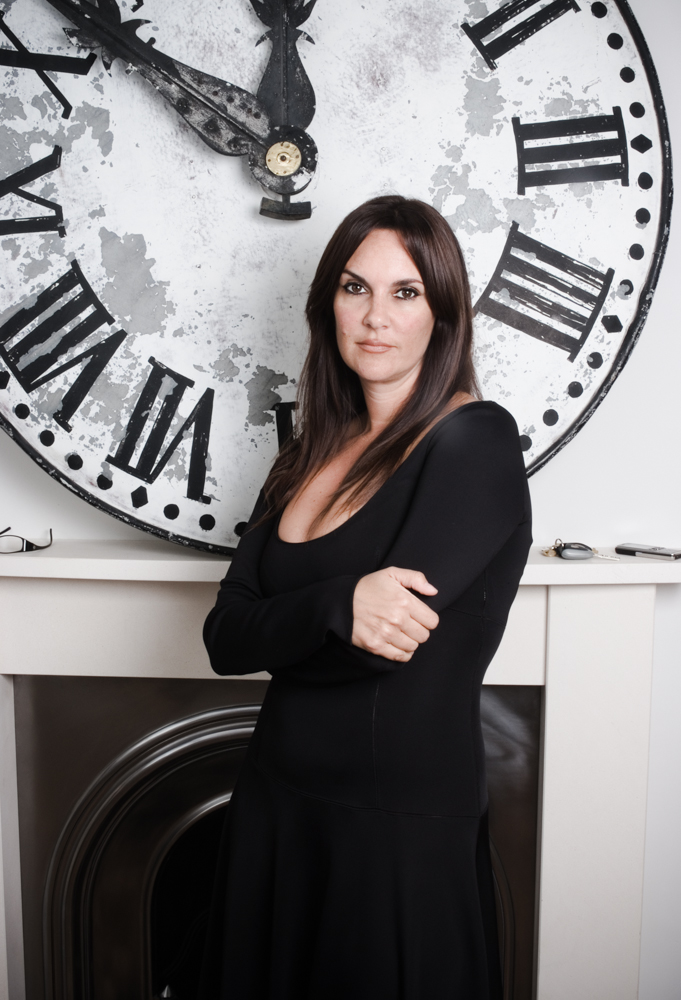
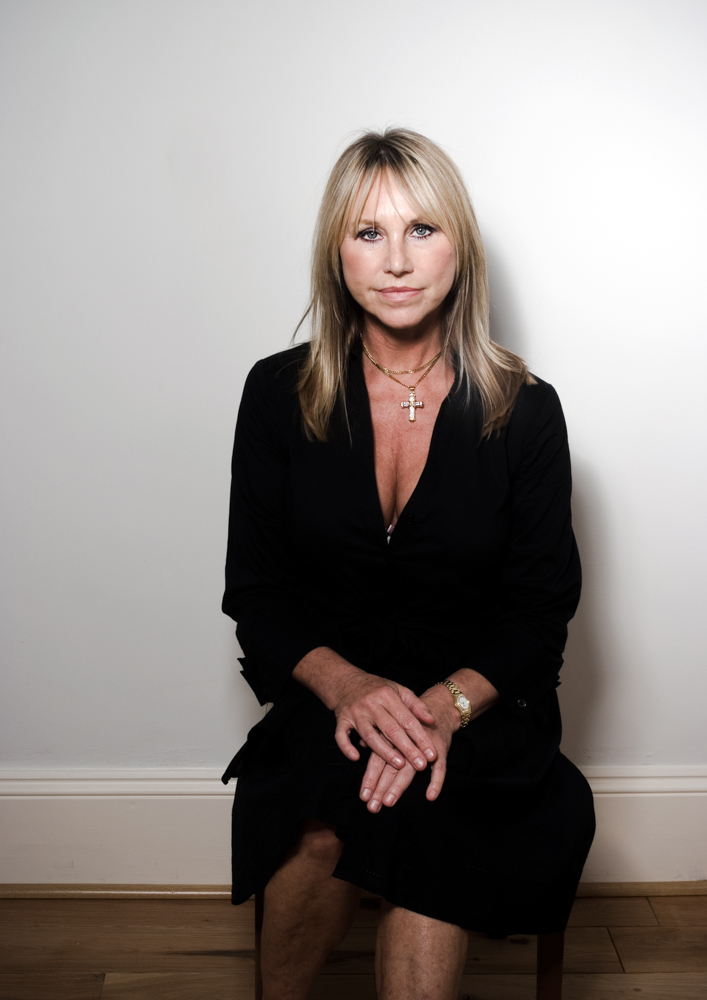
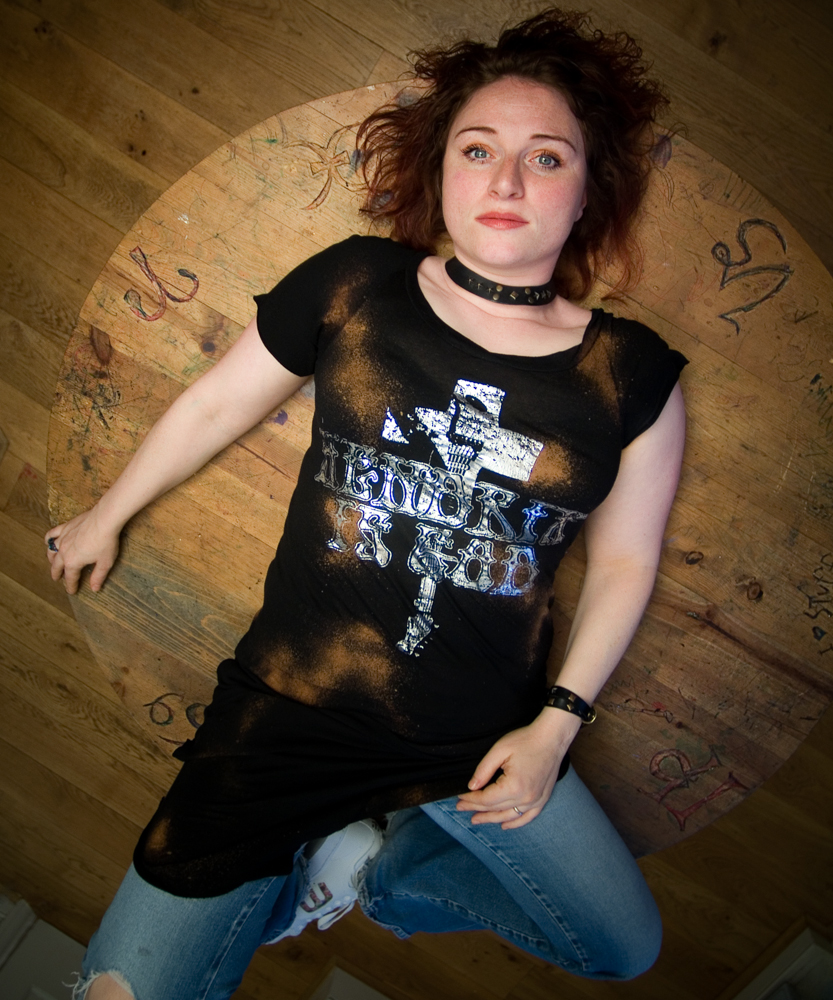
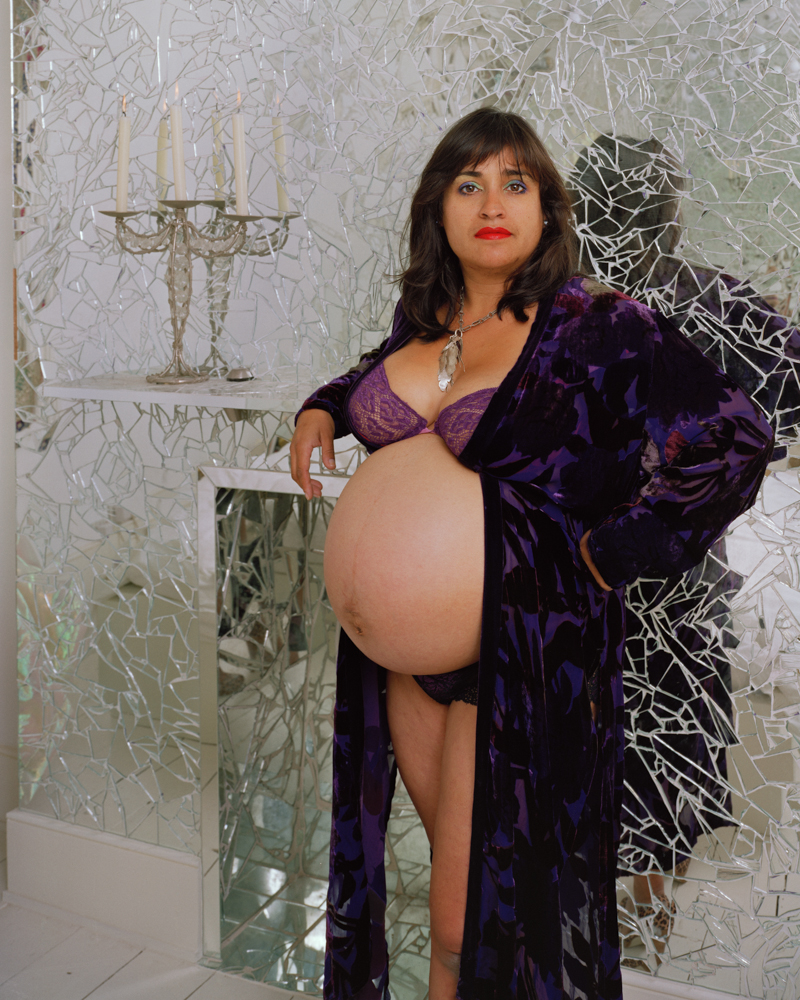
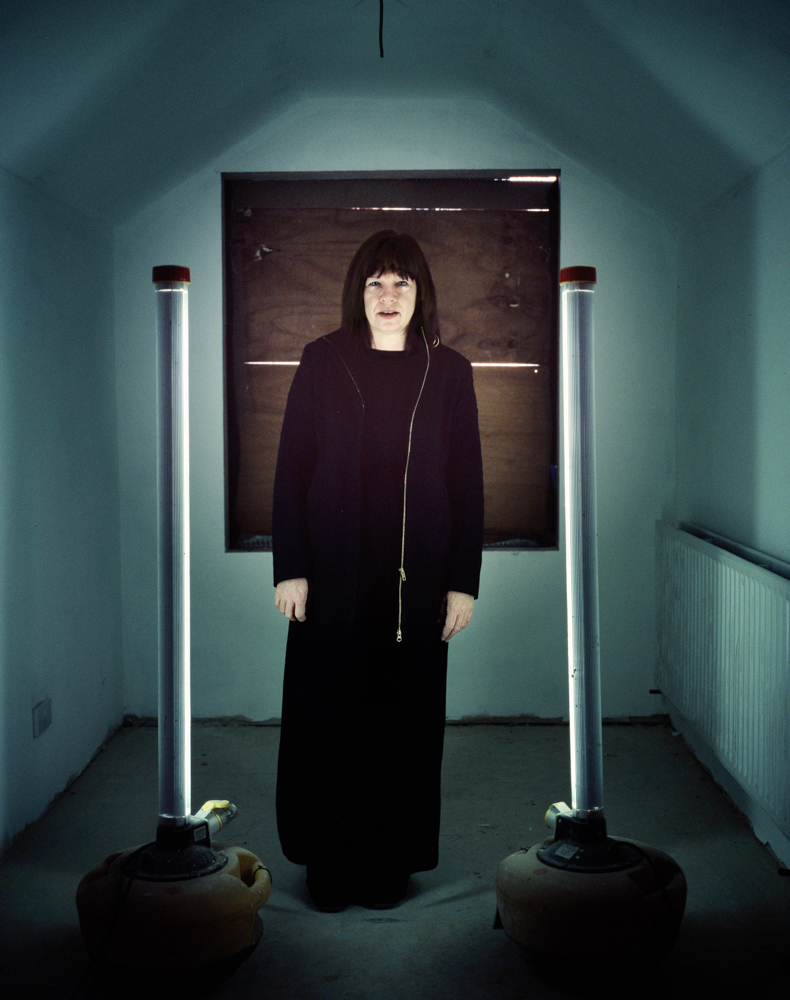
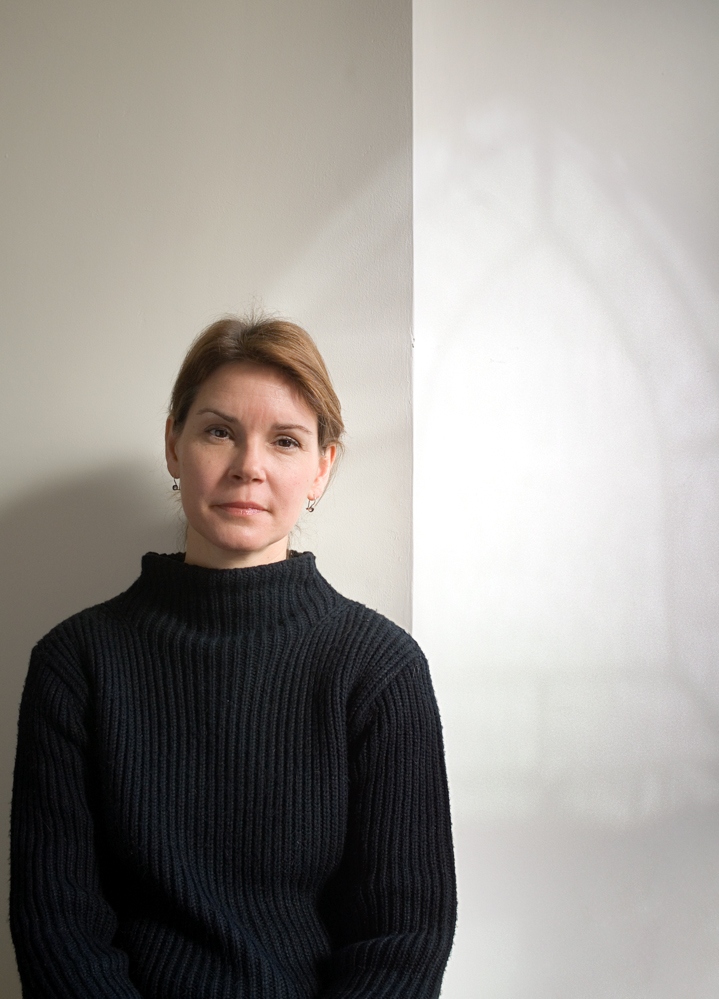
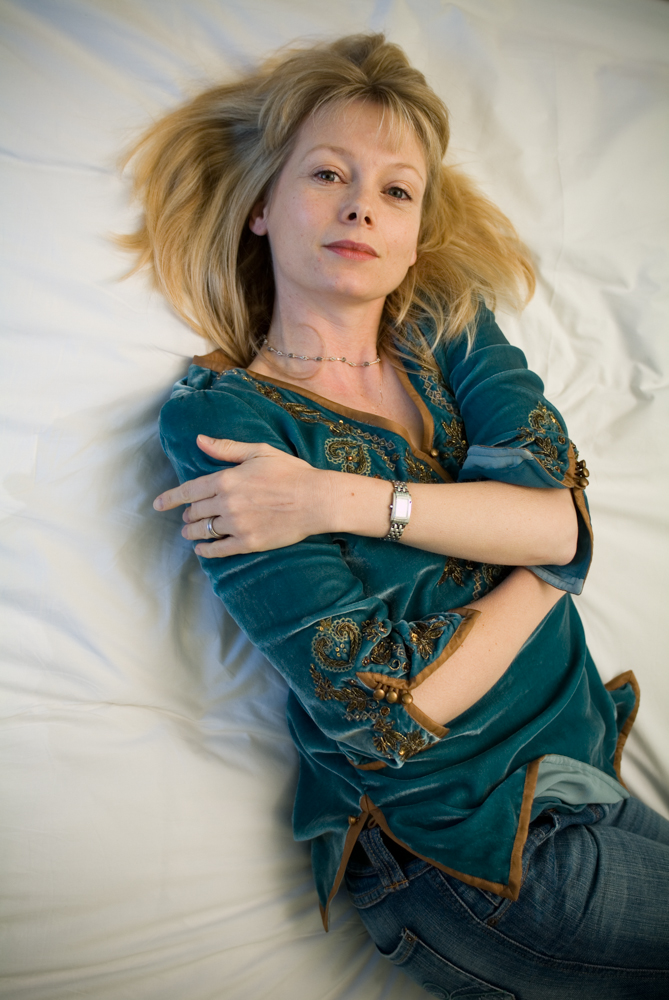
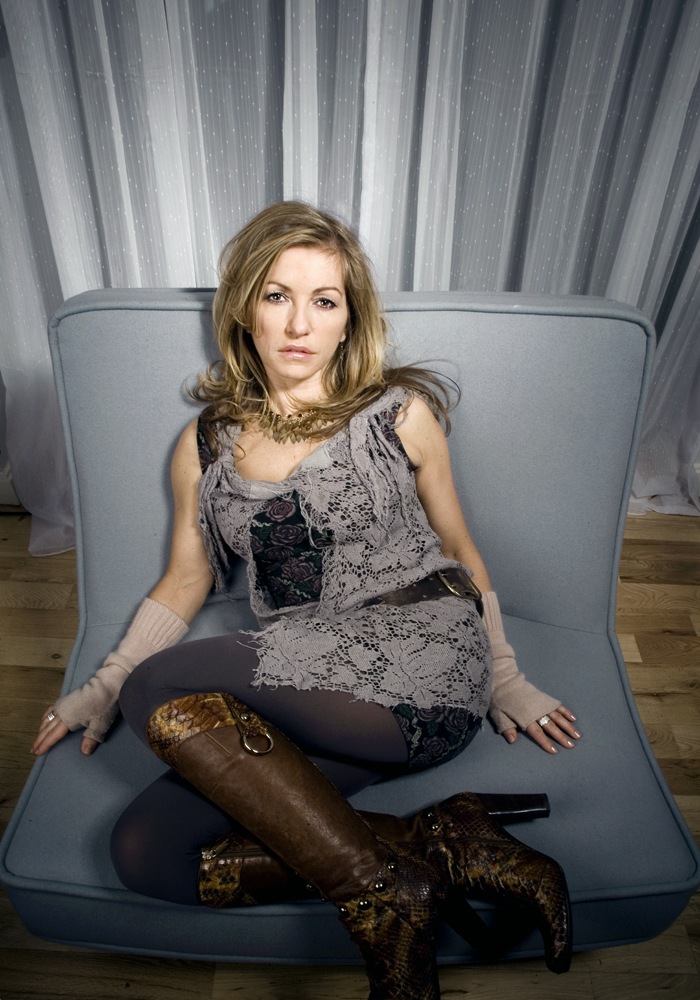

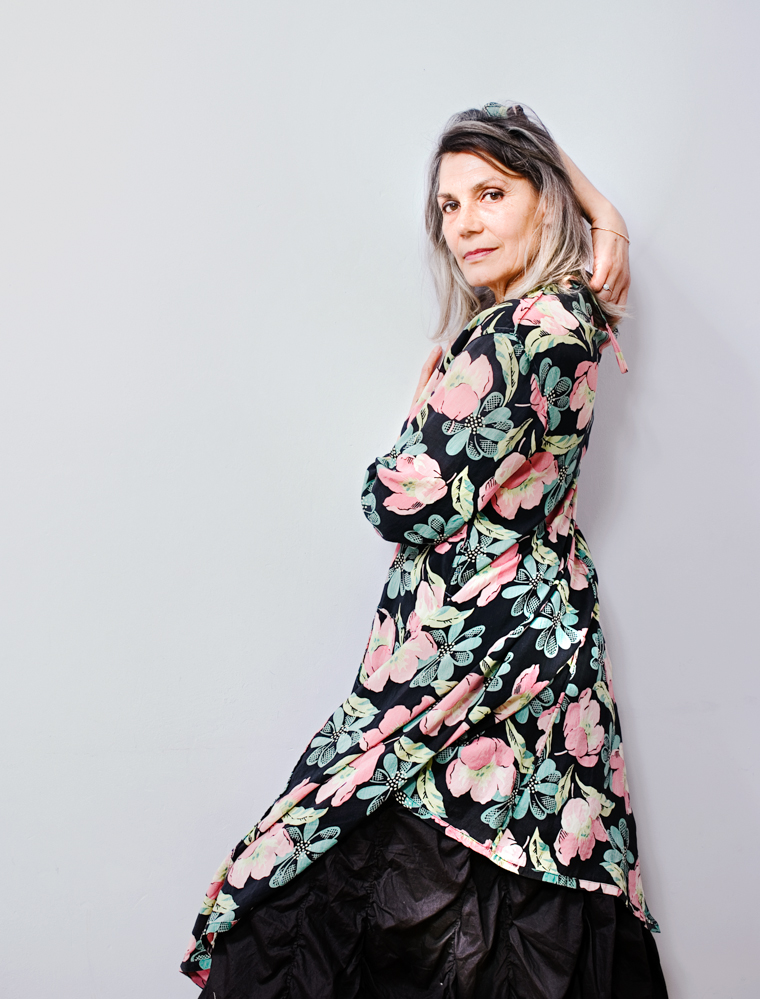
This body of work represents a rather stylish concern with the conventions of portrait photography. These are concerns that have an important social dimension since they articulate an understanding of the relationship between issues of taste and discrimination― that is the convergence of the social and the aesthetic. Parnell’s portraits anticipate an audience that is sensitive to the conditions of spectatorship. They are carefully constructed and demonstrate a reflexive use of the genre of portraiture. This is understated and used in a way that is calculated to resist traditional notions of gender in historical and contemporary visual forms. Parnell’s women present themselves to camera. It is an encounter in a private space that suggests a social identity. Parnell is concerned with the anxieties that attach to this repetoire of things and the story they tell about the way women value themselves and the way in which they negotiate the valuations of others. It is an approach that confronts the social stereotype of the gendered and sexualised body that is rooted in the cult of youthful femininity. It is an approach that recognises the usefulness of beauty (in women) and seeks to exploit its magic and yet remains aware that the dominant ideal of physical excellence might be challenged.
This is quite firmly a feminist polemic but perhaps with a stronger commitment to the capacity for resistance that is invested in symbolic meaning. Parnell privileges the aesthetic yet seems to rail against its instrumental function as a component part of commodity culture. If these images are informed by a theoretical interest in the politics of the gaze they are nevertheless an expression of a commitment to the pleasures of looking in a more expanded way. That is in a way that accepts the complexity of looking and a recognition that identities are unstable, negotiable, and may be subject to historical and social variation.
This project presents an interaction between image and the pictured subject – two levels of signification in which the body is a central mediating object between social identity and self-identity. These serve both descriptive and interpretative functions. It is as if they are saying ‘the middle aged, female subject’ may look like this. They are also saying, however, that whatever meanings attributed to this subject will derive from a shared vocabulary about its position which is not controlled by the individual. It is this tension between the discursive formation of the subject and the revaluation of the ageing body that occurs in this work. Parnell attempts to revalue a certain type of marginalised subject. She does this in a way that avoids the rhetoric of depreciation and transgression in the work of photographers like John Coplans and Melanie Manchot. An alternative is found in an aesthetic mode of address that accepts the presentation values of her subject and demonstrates a sensitivity to the pleasures of appearance and the production of the self.
If the images in this series call attention to themselves as aesthetic objects they also function as a sublimating discourse that folds back on the artist. They are not difficult to look at; they don’t provoke a crisis of looking. As noted they avoid the abjectness that occupies some recent artist/photographers. The bodies are not vile, damaged or perverse. They are not distressed by age or made vulnerable by nakedness. They are, however, in between, ambiguous, and perhaps uncertain. We are reminded that not only is the age of the subject in these images ‘uncertain’ but even more so that the image itself is uncertain. The photographic image is always presented on terms in which its meaning is negotiable and subject to change. Parnell’s work explores this uncertainty.
Pete Smith, Senior Lecturer
University of West London